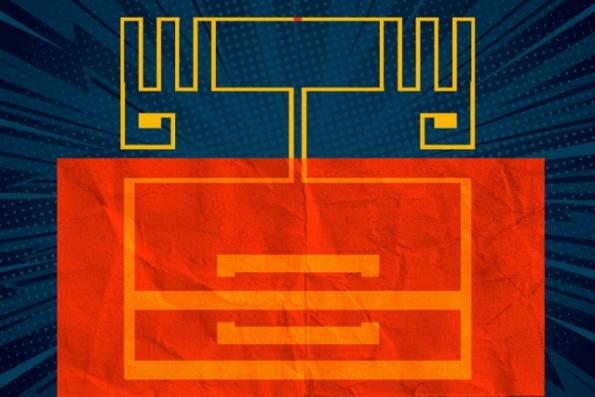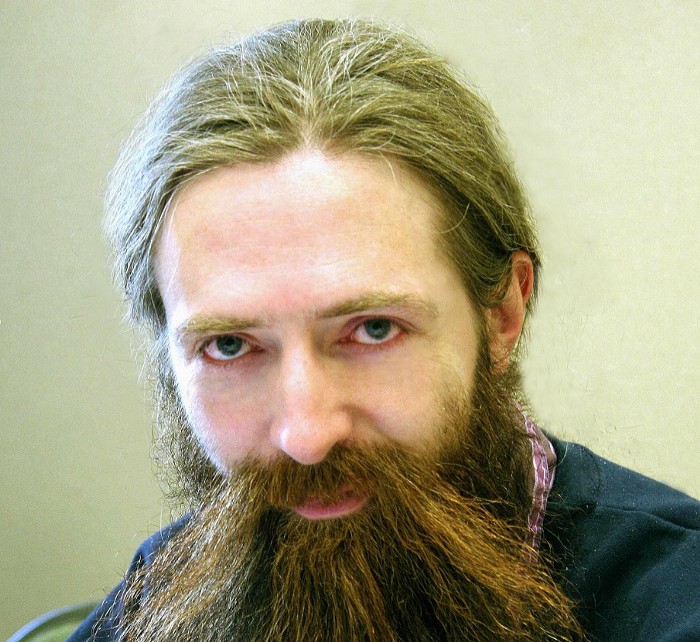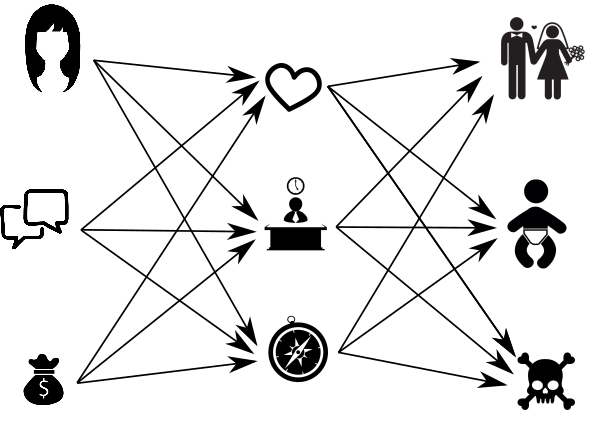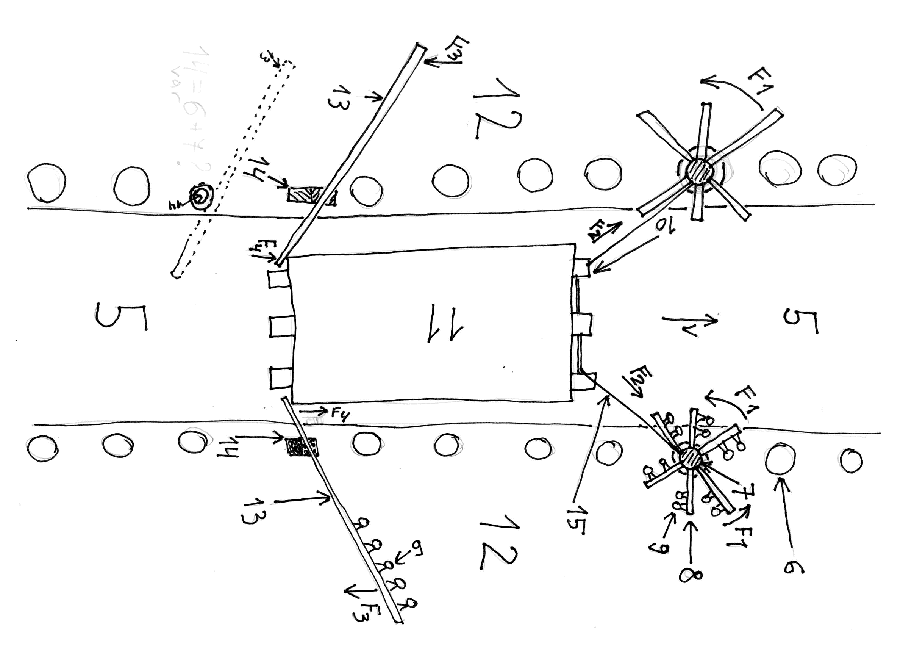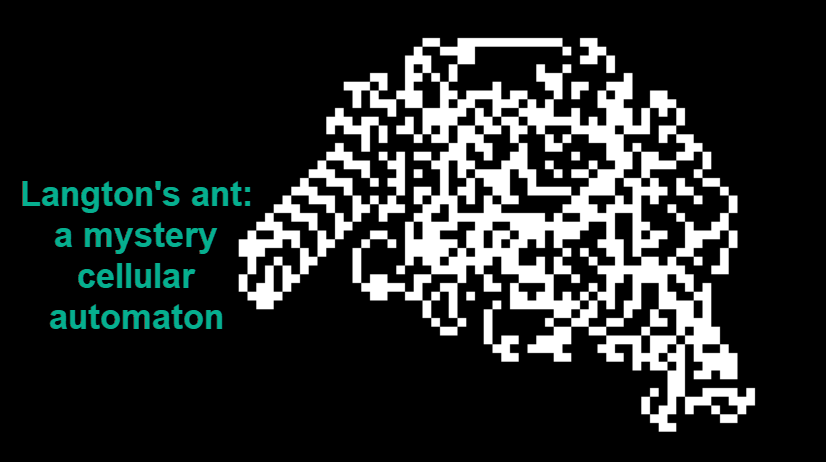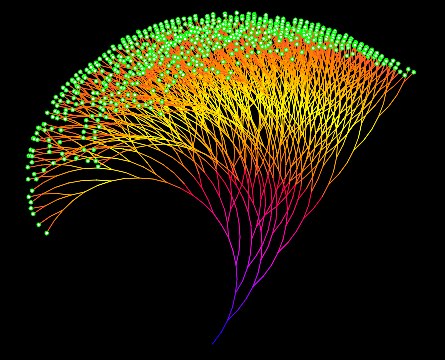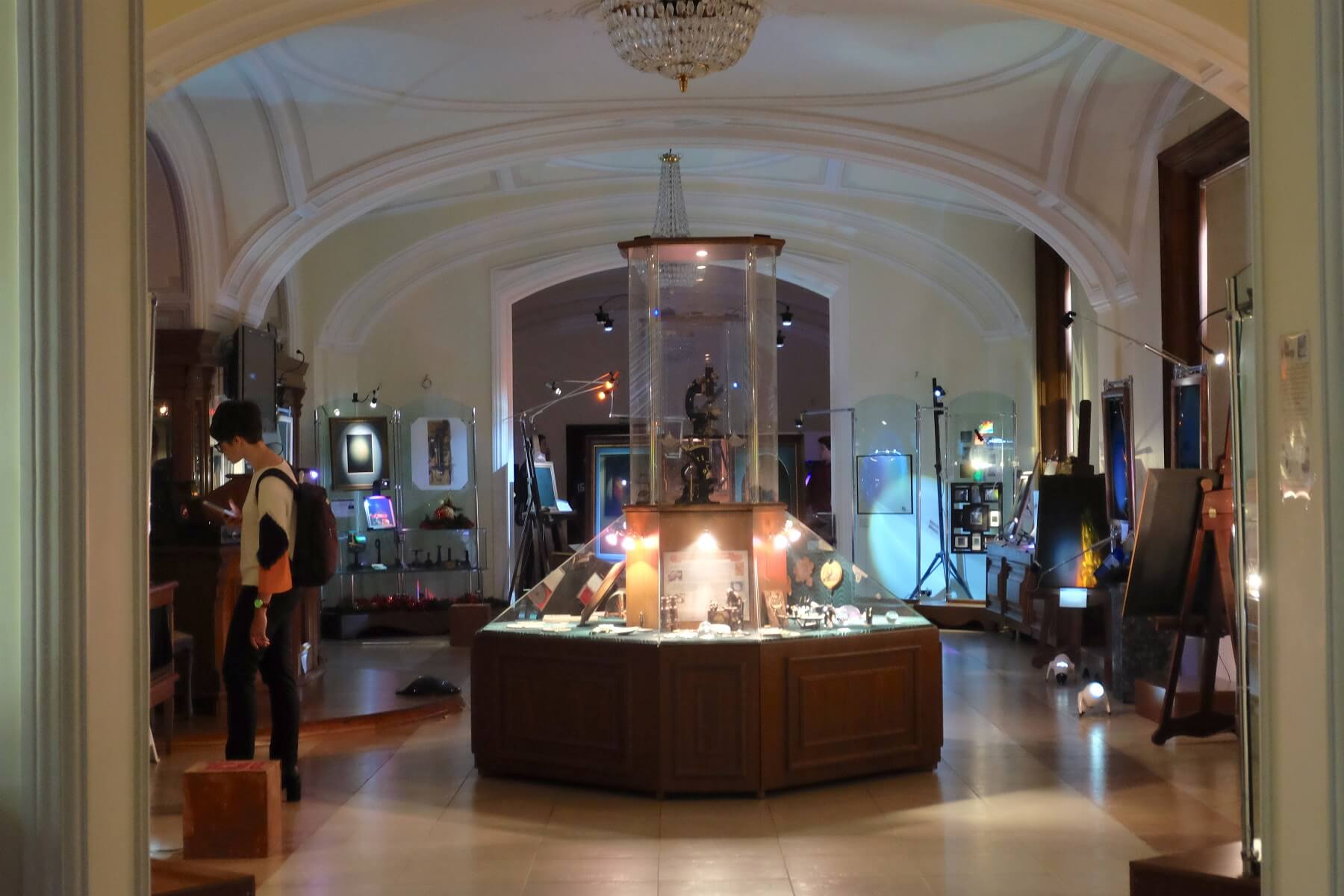How does a barcode work?
Every person is using barcodes nowadays, mostly without noticing this. When we are buying the groceries in the store, their identifiers are getting from barcodes. Its also the same with goods in the warehouses, postal parcels and so on. But not so many people actually know, how it works.
What is 'inside' the barcode, and what is encoded on this image?

Lets figure it out, and also lets write our own bar decoder.


